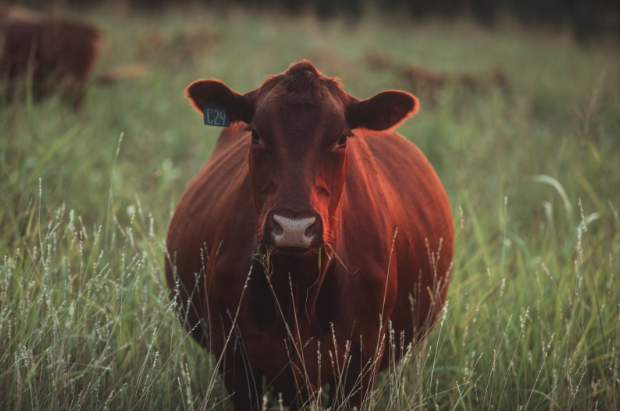
Good livestock producers are great grass managers first. And fall is an ideal time to increase the production of cool-season pastures on your farm. Traditional means would have you applying commercial fertilizer to support the soil’s N, P and K needs to grow nutrient dense forage. Today, we will look at a couple alternatives to N, P and K applications to improve your pasture’s soil biodiversity.
For starters, nutrients in the soil need to come from direct fertilization or as residual nutrients. The more organic matter in the soil, the more productive your pasture will be. Most grasses can grow without additional fertilization when there is adequate rainfall – which can provide up to 30 pounds of nitrogen per year in a normal year. However, depending on soil texture and amount of rainfall, soil can be low in organic matter, which means more or almost all nitrogen needs to be added to ensure healthy regrowth of grasses and forages.
Plant Legumes
Whether it’s adding alfalfa, clover or lespedeza, one of the simplest ways to beef up soil nutrients – namely nitrogen – is adding forage legumes to your pasture. Because of their root system, the nodules on a legume’s roots are able to transfer up to 50 pounds per acre of nitrogen when growing with grass. Their long root system is able to absorb water from deeper in the soil than grass, providing better drought tolerance.
Besides boosting your soil’s nutrient content, introducing forage legumes provides a higher quality forage, increasing livestock gains and improving reproductive performance. Legumes can also extend the pasture life by helping to fill seasonal forage gaps.
Unroll Hay to Feed
Anytime hay is harvested and removed from the field, the nutrients in that forage leave the field with it. If you buy your hay, this can be a great alternative to commercial fertilizer if you feed it the right way.
Feeding hay in a bale ring leaves a high concentration of nutrients in the same spot and causes the area around the bales to become muddy and compacted. This often results in stressed soil and enhanced weed pressure since there is no grass to compete with.
When you unroll your hay, however, the nutrients in the forage are spread across the pasture. This aids in building residual in the soil and reduces hoof traffic. Another benefit from unrolling the hay is more space for each animal to eat. When using a bale ring, larger, more dominant stock often push smaller animals away from the feed. Producers using this method will also tell you unrolling hay reduces waste compared to bale rings.
Apply Manure
While applying manure may not seem “non-traditional,” it’s a good use of a product you may already have in surplus. However, with this method, you definitely want to take soil samples prior ensuring you don’t overapply nutrients and burn your pasture. The University of Missouri Extension Office is a great place to start with soil sampling.
If you want to explore more alternatives for pasture fertilization, give us a call and we can talk through options.
